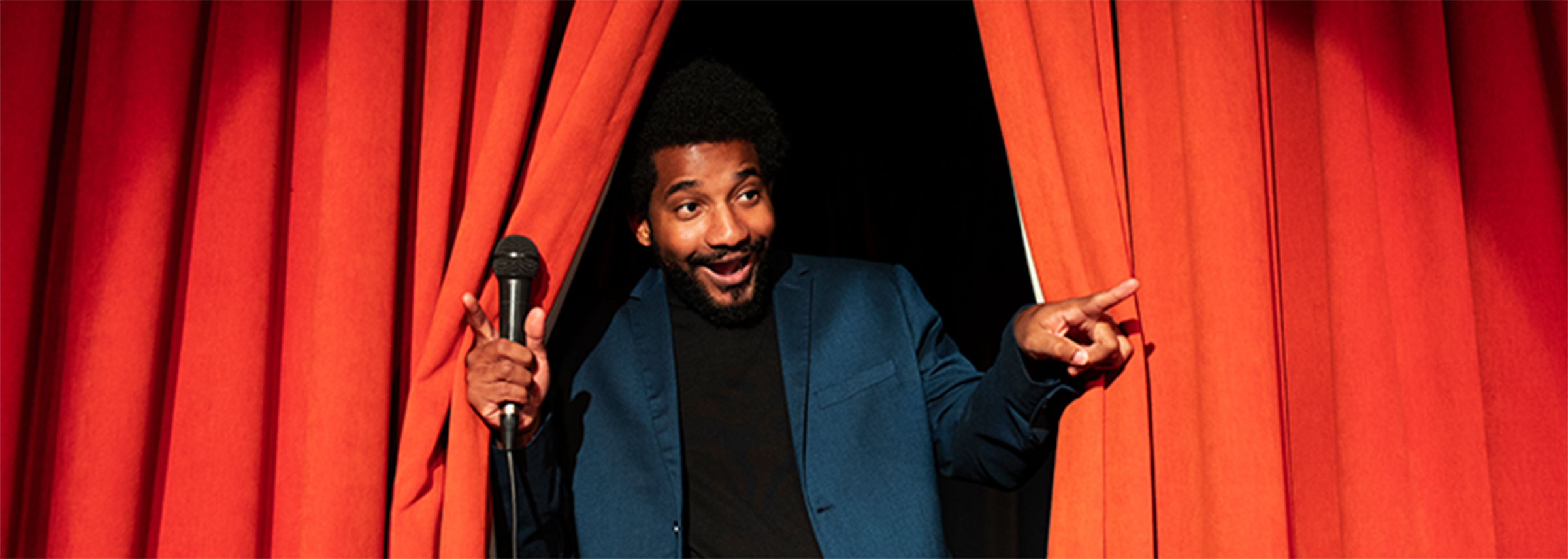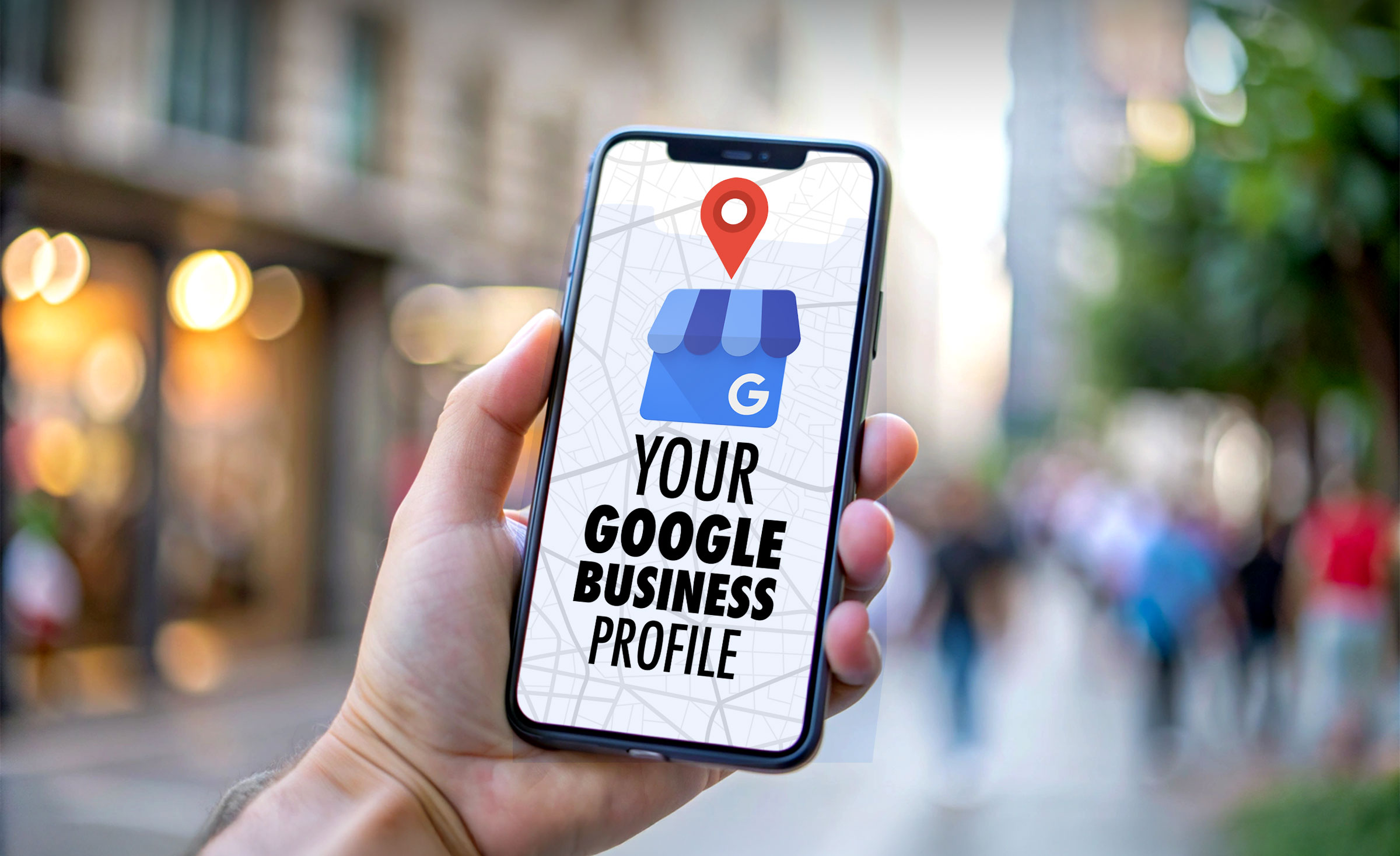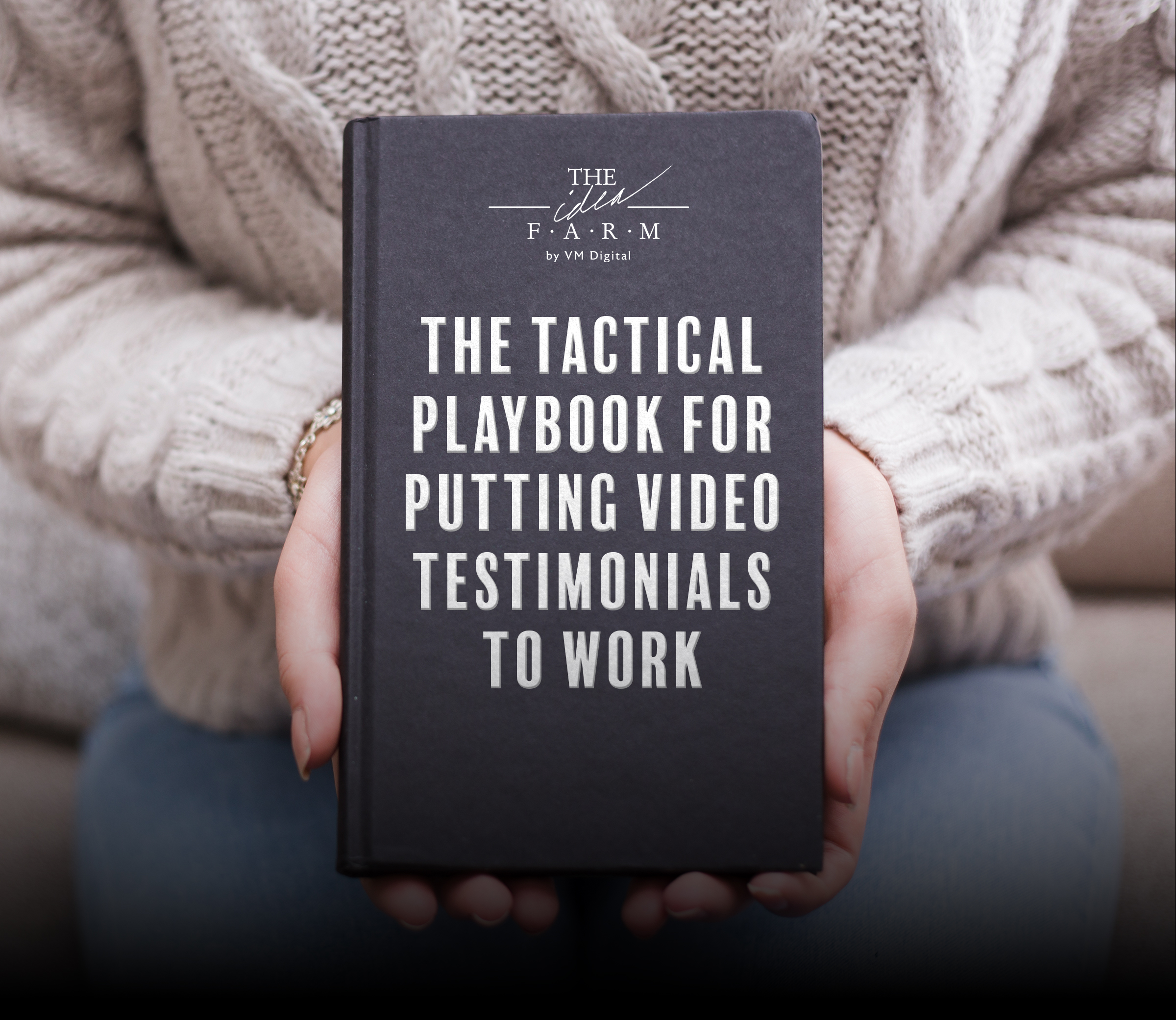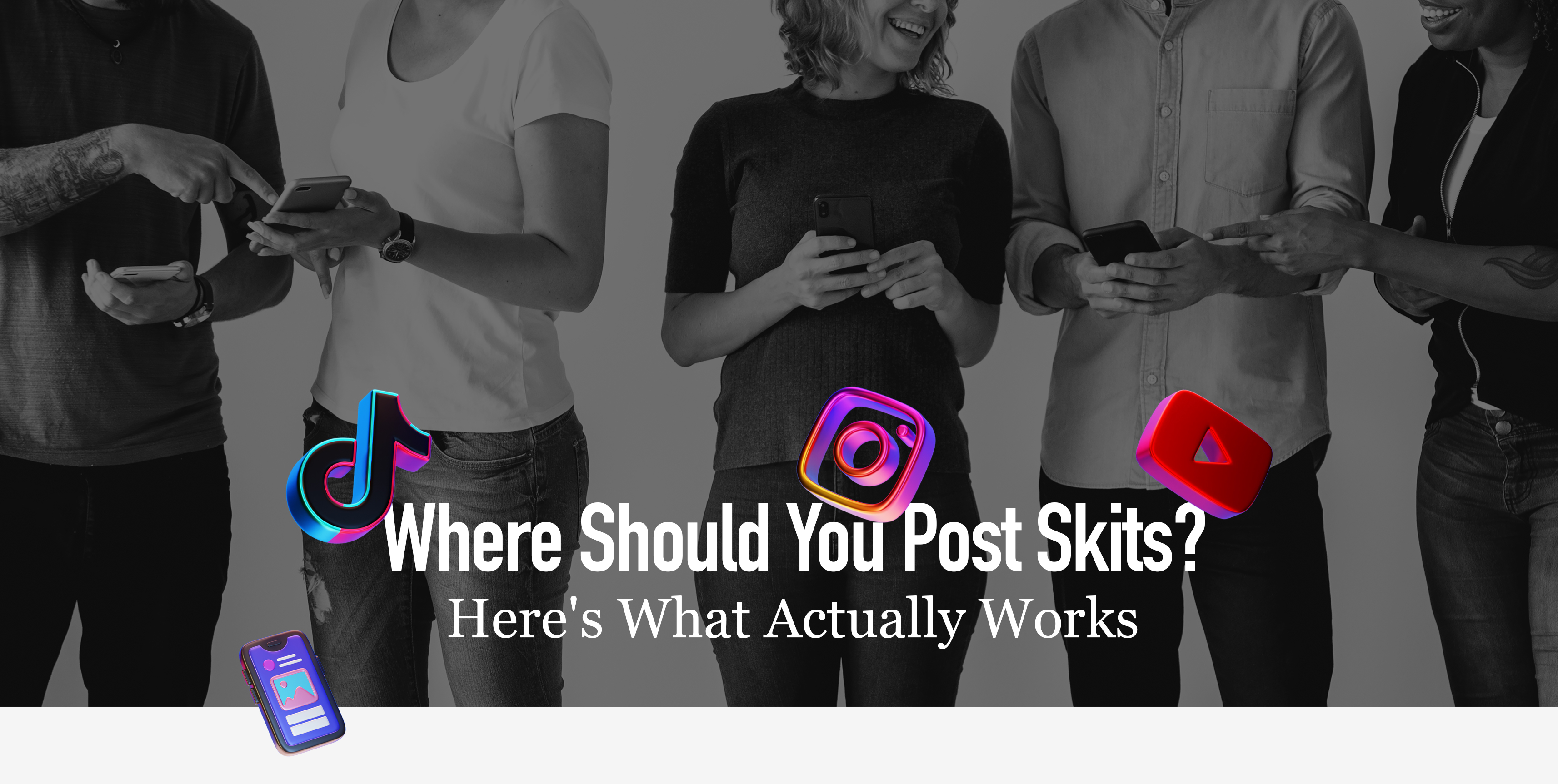You don’t need a Super Bowl budget to make content people love. You just need a skit, a mascot, and a little determination.
Social skits are no longer just playgrounds for internet comedians, they’re fast becoming a go-to storytelling tool for brands of all sizes. Why? Because they blend humor, relatability, and strong character dynamics into recurring content that audiences actually look forward to.
Where traditional branded content might push product, skits invite audiences into a world. A world where mascots fall in love with pop stars, car dealerships go full mockumentary, and awkward office characters launch catchphrases into the cultural ether.
At their best, these skits build brand equity the fun way, by being consistently entertaining. And the brands doing it right are turning viewers into loyalists one laugh at a time.
WHO - Brands Crushing It with Social Skits
Duolingo
Duo the owl is a menace with a TikTok fanbase. Duolingo’s social team has mastered the art of “unhinged marketing,” turning their account into a sitcom starring Duo’s chaotic personality, pop culture cameos, and office antics.
Instead of pushing product, they post skits where Duo gets into trouble for thirsting after Dua Lipa or beefing with Google Translate. The result was over 7 million followers and an average TikTok engagement rate of 16.5%.
Duolingo’s approach centers on bold creative risks, consistent posting, and a deep understanding of platform-native humor. As Marketing by Red puts it, Duolingo wins by “entertaining rather than selling”, and it works.
Mohawk Chevrolet
This upstate New York car dealership went viral by leaning hard into the everyday weirdness of workplace life. Their TikTok series, The Dealership, is shot like The Office, featuring real employees navigating everyday absurdities with deadpan delivery and lots of in-jokes.
What started as a goofy idea, hiding mini ducks around the showroom, quickly evolved into a weekly series with over a million likes. The show’s creator, Grace Kerber, became the face of the series and was eventually hired by Chevrolet corporate.
It proves you don’t need to be a big brand to make a big impact. You just need a camera, a cast, and a commitment to post regularly.
Chit (the “Do It” Lady)
Chit began as a one-off character in a sketch about signing a birthday card. Now she’s the star of The Chit Show, a viral hit with over 1 million TikTok followers and her own merch line.
The show blends absurd characters, fourth-wall breaks, and painfully funny office dynamics. Created by improv performer Jay Renshaw, Chit’s world was built organically but quickly evolved into a highly strategic, character-led brand.
What started as a catchphrase, “Do it, lady!”, has become a cultural moment and a case study in how character-driven storytelling can scale.
WHAT - What Are Social Skits, Really?
Social skits are short, scripted or semi-scripted videos, usually between 15 and 90 seconds, that blend entertainment and storytelling in a highly digestible format. They’re not just one-off gags. They’re often anchored by recurring characters, inside jokes, or thematic setups that evolve over time. Think of them as micro TV shows designed for TikTok, Instagram Reels, and YouTube Shorts.
They work because they create a rhythm. When done well, skits give your audience a reason to follow, not just watch. A reason to come back for the next episode, the next joke, the next ridiculous scenario your mascot or main character ends up in.
What makes a skit feel like a skit?
- Running gags or callbacks that reward repeat viewers
- Cliffhangers or loose narrative arcs that tease what’s next
- Relatable or exaggerated takes on everyday scenarios, annoying coworkers, ridiculous meetings, customer interactions, etc.
Unlike traditional branded content, skits don’t shout features or benefits. They don’t always include a CTA. And that’s the point.
While most ads talk at people, skits invite them into the joke.
They build connection by letting the brand’s personality, not just its product, take center stage. And in a scroll-heavy environment where people are craving entertainment more than ever, being the brand that makes someone laugh is a much stronger play than being the brand that just tells them what to buy.
WHEN - When Should a Brand Start a Skit Series?
Skits can be powerful, but only when the timing (and commitment) is right. If you're considering launching a skit series for your brand, here are a few signs it might be the right move:
- You have the bandwidth to post regularly (at least weekly)
- You’ve already built some traction with your audience
- You’re looking to shift from selling to entertaining
- You notice one video organically going viral, lean into it
Some of the best skit series didn’t start with a full content calendar, they started with one moment that hit.
- Chit evolved from a single birthday card gag into an entire character universe.
- Duolingo didn’t lead with a skit strategy, but once they saw engagement spike on chaotic, character-driven content, they committed and scaled the format.
Don’t launch a skit series if you can’t commit to keeping it alive. Inconsistency doesn’t just stall momentum, it can hurt audience trust. Better to post a few funny one-offs than to start a “series” that quietly disappears.
If you’ve got internal talent, an on-screen personality, or even just a strong mascot, you’re in a great position to build something episodic. But the real key is consistency. Skits thrive on rhythm and familiarity.
WHY - Why Skits Work (and Convert)
There’s a reason skits are showing up in every scroll: they’re algorithm-friendly, audience-approved, and uniquely effective at turning casual viewers into loyal fans. Here’s why:
- Pattern recognition Audiences love familiarity. Skits create recurring characters, catchphrases, and setups that people recognize, and seek out. That sense of “I get this” turns a passive viewer into an invested follower.
- Algorithmic advantage TikTok, Reels, and Shorts reward content that holds attention. Skits are built for rewatchability, shares, and saves, all the signals that boost visibility on social platforms. A well-timed punchline or running joke can quietly do more for reach than any hashtag strategy.
- Loyalty loop Unlike ads that end when they end, skits leave room for what’s next. A character fails hilariously, then returns next week to try again. A cliffhanger leaves followers waiting for the next post. That episodic nature encourages return engagement and builds a true community.
- Humanizes brands Skits make brands feel less like sellers and more like creators, part of the feed, not an interruption in it. Whether it’s a mascot with too much personality or an intern with zero filter, skits let brands show up as people (and weird ones, at that).
As mentioned before, duolingo’s TikTok engagement rate sits at 16.5%, a number most paid campaigns can only dream of. That’s what happens when a skit becomes a story, and a story becomes a series.

HOW - Tips to Get Started
You don’t need to reinvent comedy, or your brand, to get started with skits. You just need a repeatable idea, someone willing to be on camera, and a sense of how far you're willing to push the tone. Below is a clear roadmap to get your first skit off the ground (and maybe even trending).
1. Start with a Simple Premise
Great skits don’t come from thin air, they come from familiar moments with a twist. Think about scenarios you encounter often: explaining your product, dealing with odd customer requests, navigating awkward team dynamics. These are your building blocks.
Look for moments that make your team laugh or roll their eyes. If it’s a common pain point or an inside joke, chances are your audience will relate.
2. Create a Character or Persona
Recurring characters are the backbone of successful skit series. That could be a company mascot with way too much attitude, a team member who leans into their quirks, or a fictional personality that becomes a stand-in for your brand.
The key is commitment. Once you land on a persona, stick with it. Let them evolve over time, build in traits and flaws, and let your audience get to know them.
3. Build a Repeatable Structure
Decide on a format you can reproduce with slight variations. It could be:
- A workplace “day-in-the-life”
- A fake PSA
- Awkward product demos
- Internal “training” videos gone wrong
Structure gives you creative constraints, and makes it easier to produce content consistently. You can always expand the concept later once the series gains traction.
4. Tap Into Trends, Without Getting Lost in Them
Use trending sounds or formats as inspiration, not instruction. The goal is to stay relevant, not to mimic. Duolingo makes trending audio their own by inserting Duo into absurd scenarios. Mohawk Chevrolet riffs on The Office but makes it dealership-specific.
Your twist is what makes it memorable.
5. Focus on Energy, Not Production Value
High-quality content doesn’t require a high budget. Phone cameras, natural light, and quick edits can do the trick. What matters is pacing, clarity, and tone.
Skits work best when they feel off-the-cuff, even if they’re tightly planned. Avoid overpolishing. The “too slick” look can make your content feel like an ad, which defeats the point.
6. Use Feedback to Shape What Comes Next
Posting is the beginning of the feedback loop. Watch how viewers respond. Are they quoting your lines? Calling out specific characters? Sharing it unprompted? Those signals help you refine the voice, timing, and story direction.
This doesn’t mean chasing virality. It means understanding what’s clicking, and doubling down.
7. Make Room for Consistency
A one-off skit can go viral. A consistent series builds loyalty. That means setting a cadence you can actually stick to, weekly, bi-weekly, whatever fits your workflow.
This is where most brands fall short. They go all in for two weeks, then vanish. Viewers notice and omentum fades. You don’t have to post daily, but you do have to show up.
Ready to Make People Laugh (and Stick Around)?
If you’re ready to trade hard sells for harder laughs, short-form skits are one of the most effective, and fun, ways to build brand affinity in 2025. They’re fast, scrappy, and designed for the feed, not the funnel. And when you get it right, people don’t just watch your content, they wait for it.
Want to build a skit strategy that makes sense for your brand, team, and budget?
Let’s turn your brand into a character people actually care about.
And if you’re still exploring unconventional content that builds community, check out our blog on UGC campaigns, another powerful tool for turning your audience into your best storytellers.
.png)




































.svg)





.svg)